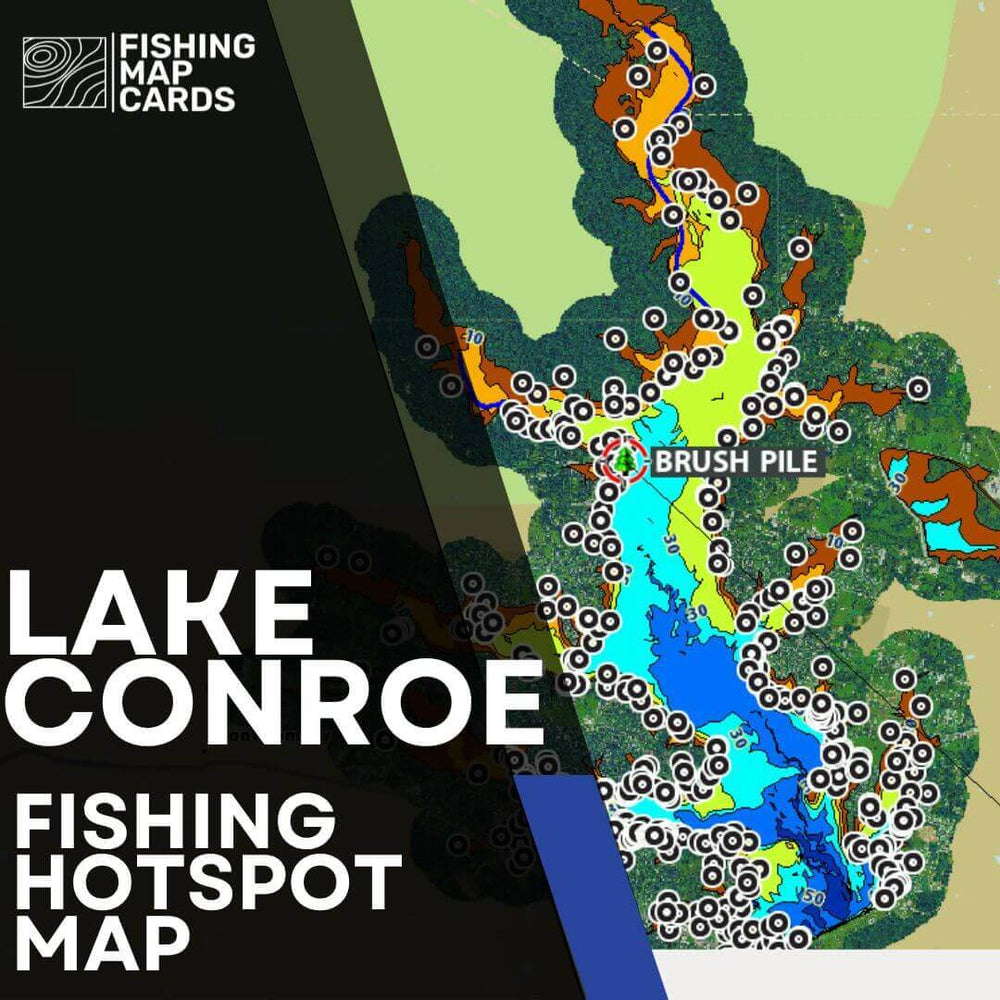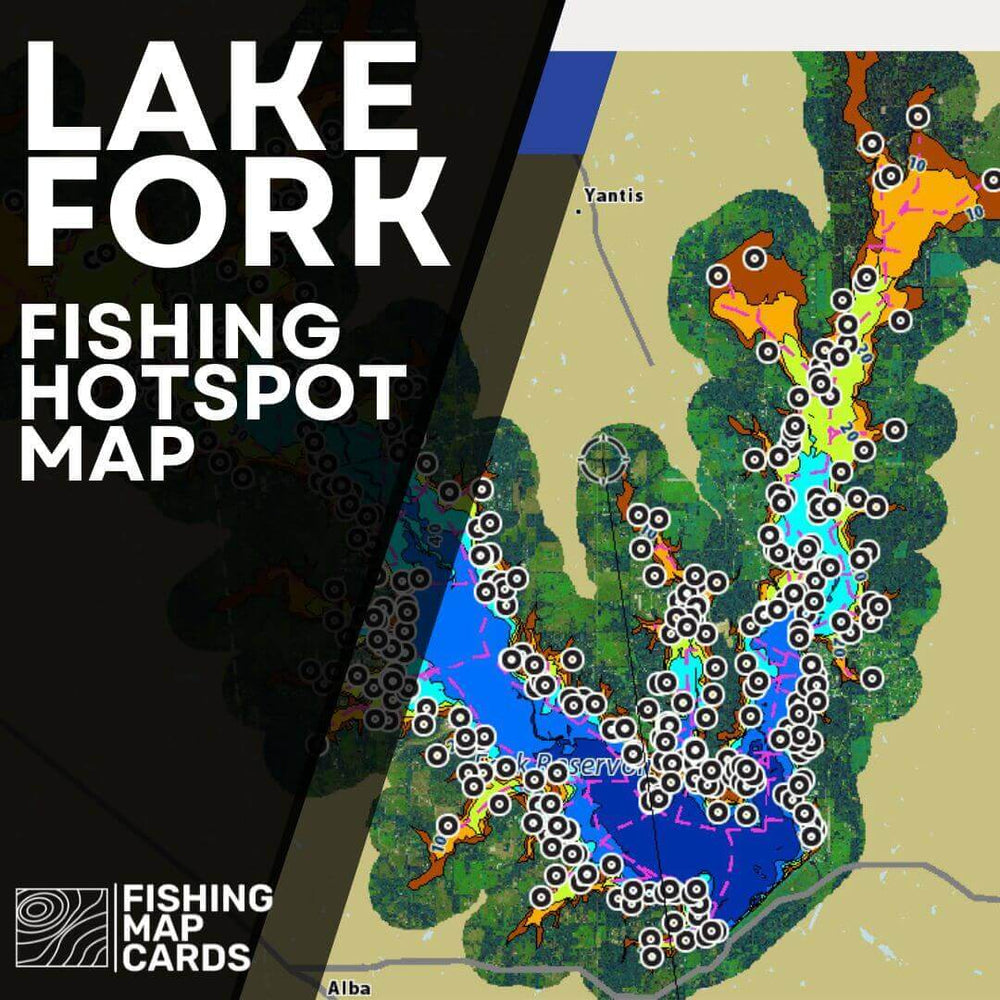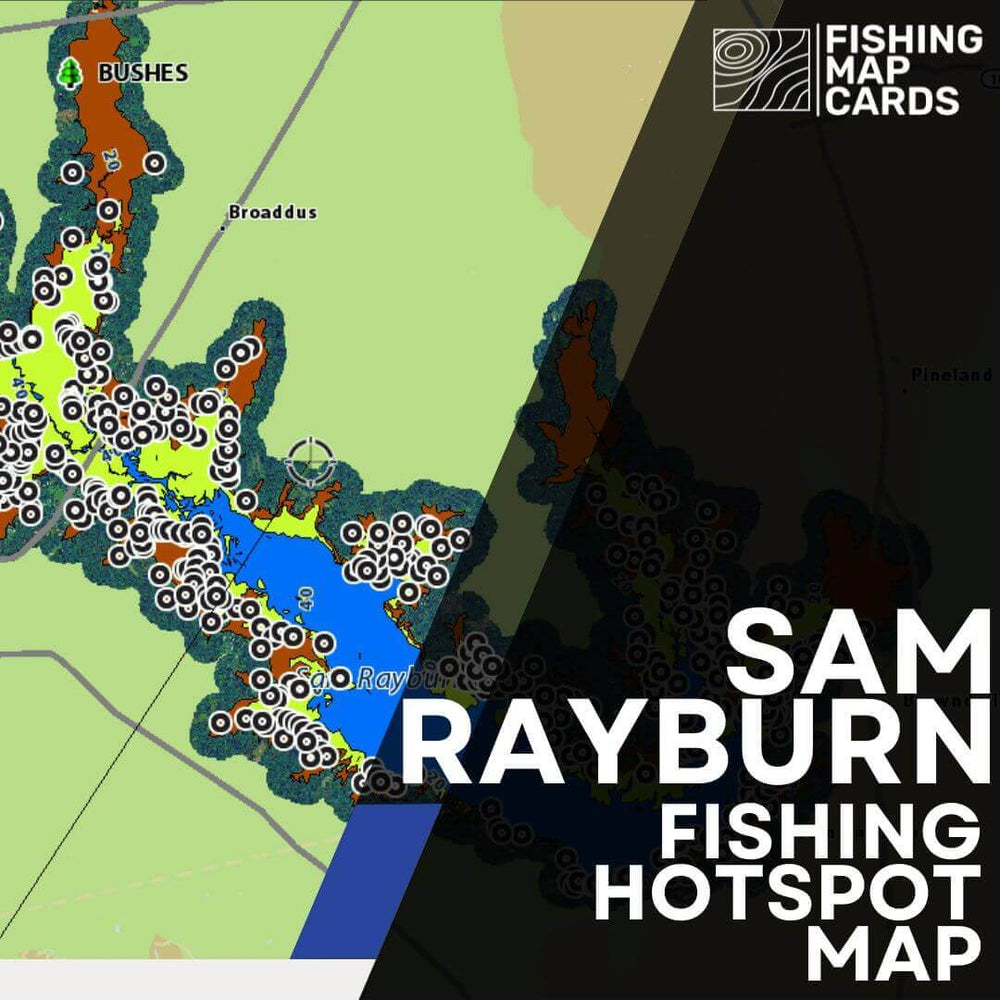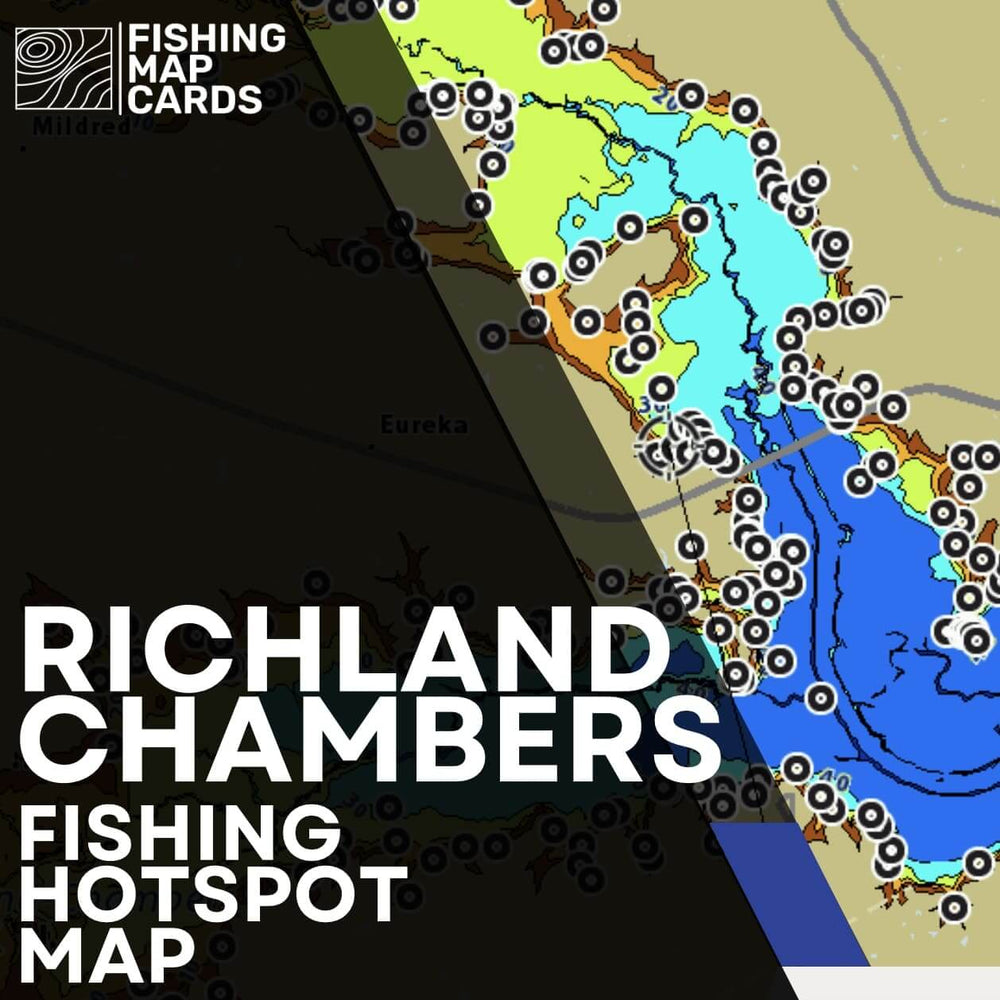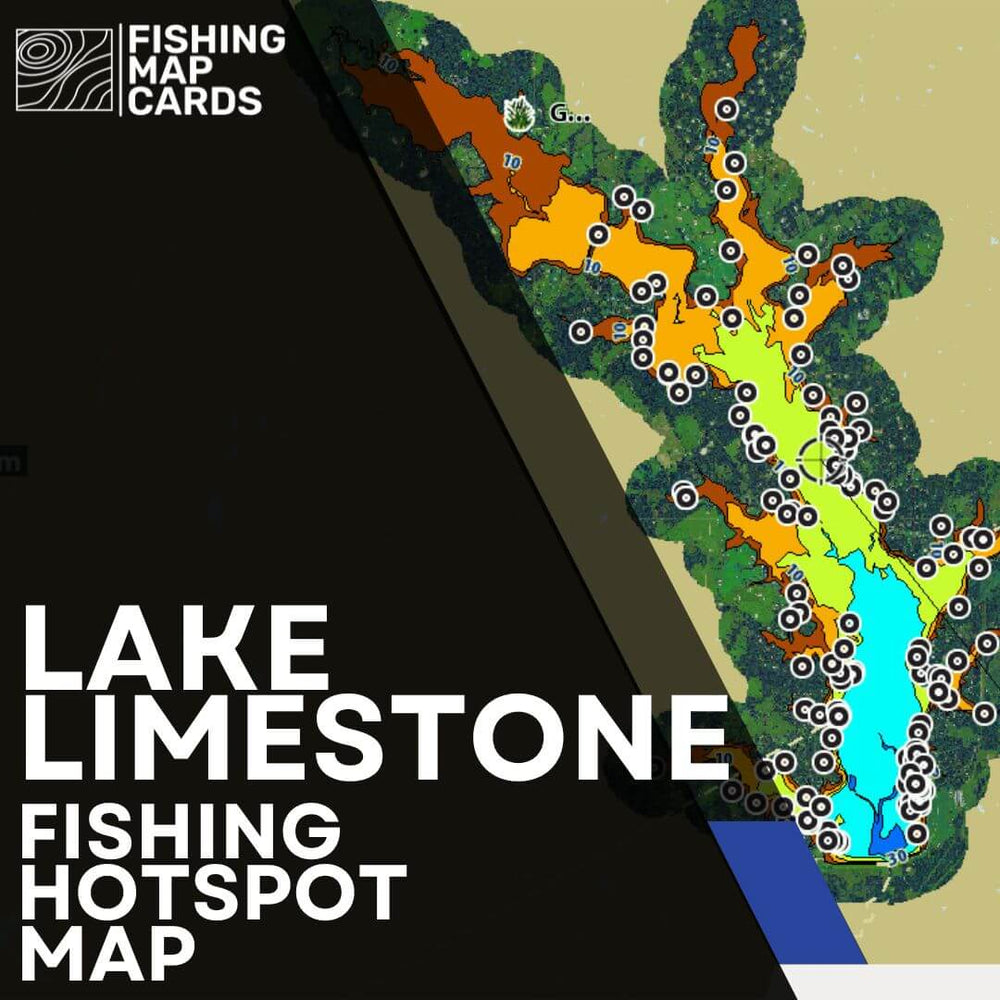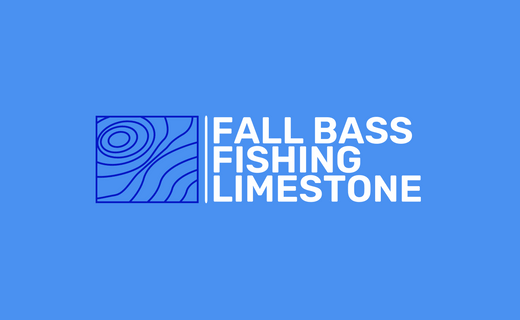Bass Fishing Lake Somerville - How to fish with low water
Introduction:
Lake Somerville, a picturesque reservoir in Texas, offers fantastic bass fishing opportunities, even when the water levels are low. While low water conditions may pose a challenge to some anglers, they also present a unique set of advantages for those who understand how to adapt their techniques. In this guide, we'll explore the strategies and tips for successfully fishing for bass on Lake Somerville when the water levels are low. Offshore locations will be more prominent hotspots for fishing activity, for brush pile and rock pile locations on Lake Somerville, check out our Fishing Hotspot SD Card.
1. **Locating Bass in Low Water:**
- **Creek Channels and Drop-offs:** As the water recedes, creek channels and drop-offs become more pronounced. Bass tend to concentrate in these areas, as they provide cover and access to deeper water.
- **Rocky Structures:** Look for rocky structures and underwater features that were previously submerged. These become prime hiding spots for bass seeking shelter and ambush points.
2. **Use Finesse Techniques:**
- **Drop Shot Rig:** A drop shot rig with a finesse worm or soft plastic bait can be incredibly effective in low water conditions. The suspended presentation entices bass in a more subtle manner.
- **Ned Rig:** The compact size and natural action of a Ned Rig can fool bass in clear, low water. Experiment with different colors to find what the bass respond to best.
3. **Focus on Structure and Cover:**
- **Rock Piles:** With reduced water levels, submerged rock piles are going to be one of the only pieces of structure in the water to hold fish.
- **Brush Piles:** Identify and fish around brush piles that were previously underwater. These can be hotspots for bass activity, especially in low water conditions.
5. **Adjust Your Boat Position:**
- **Shallow Water Approach:** As the lake level drops, bass may move to shallower areas. Adjust your boat position to target these shallow zones, casting towards the shoreline and working your bait back towards deeper water.
- **Be Mindful of Obstacles:** With lower water levels, be cautious of potential obstacles and submerged structures. Familiarize yourself with the lake's topography to avoid any navigational challenges.
6. **Experiment with Lure Colors:**
- **Natural Tones in Clear Water:** In clear water, opt for natural, subtle lure colors to mimic the forage available. Experiment with variations until you find the color that triggers the most bites.
- **Dark Colors in Stained Water:** In stained or murky water, darker hues such as black, brown, or dark green can create better contrast and visibility for bass.
Conclusion:
Fishing for bass on Lake Somerville during low water conditions requires adaptability and a strategic approach. By targeting key areas, using finesse techniques, and adjusting your tactics to the unique challenges of low water, you can increase your chances of a successful and rewarding bass fishing experience. So, gear up, explore the transformed landscape, and enjoy the thrill of bass fishing on Lake Somerville in its low water glory.
Lake Somerville, a picturesque reservoir in Texas, offers fantastic bass fishing opportunities, even when the water levels are low. While low water conditions may pose a challenge to some anglers, they also present a unique set of advantages for those who understand how to adapt their techniques. In this guide, we'll explore the strategies and tips for successfully fishing for bass on Lake Somerville when the water levels are low. Offshore locations will be more prominent hotspots for fishing activity, for brush pile and rock pile locations on Lake Somerville, check out our Fishing Hotspot SD Card.
1. **Locating Bass in Low Water:**
- **Creek Channels and Drop-offs:** As the water recedes, creek channels and drop-offs become more pronounced. Bass tend to concentrate in these areas, as they provide cover and access to deeper water.
- **Rocky Structures:** Look for rocky structures and underwater features that were previously submerged. These become prime hiding spots for bass seeking shelter and ambush points.
2. **Use Finesse Techniques:**
- **Drop Shot Rig:** A drop shot rig with a finesse worm or soft plastic bait can be incredibly effective in low water conditions. The suspended presentation entices bass in a more subtle manner.
- **Ned Rig:** The compact size and natural action of a Ned Rig can fool bass in clear, low water. Experiment with different colors to find what the bass respond to best.
3. **Focus on Structure and Cover:**
- **Rock Piles:** With reduced water levels, submerged rock piles are going to be one of the only pieces of structure in the water to hold fish.
- **Brush Piles:** Identify and fish around brush piles that were previously underwater. These can be hotspots for bass activity, especially in low water conditions.
5. **Adjust Your Boat Position:**
- **Shallow Water Approach:** As the lake level drops, bass may move to shallower areas. Adjust your boat position to target these shallow zones, casting towards the shoreline and working your bait back towards deeper water.
- **Be Mindful of Obstacles:** With lower water levels, be cautious of potential obstacles and submerged structures. Familiarize yourself with the lake's topography to avoid any navigational challenges.
6. **Experiment with Lure Colors:**
- **Natural Tones in Clear Water:** In clear water, opt for natural, subtle lure colors to mimic the forage available. Experiment with variations until you find the color that triggers the most bites.
- **Dark Colors in Stained Water:** In stained or murky water, darker hues such as black, brown, or dark green can create better contrast and visibility for bass.
Conclusion:
Fishing for bass on Lake Somerville during low water conditions requires adaptability and a strategic approach. By targeting key areas, using finesse techniques, and adjusting your tactics to the unique challenges of low water, you can increase your chances of a successful and rewarding bass fishing experience. So, gear up, explore the transformed landscape, and enjoy the thrill of bass fishing on Lake Somerville in its low water glory.



